Gentaur
Goat Anti-Rat IgG (H&L), FITC conjugated | 451-AS10 1136
- SKU:
- 451-AS10 1136-GEN
- UPC:
- MPN:
- Availability:
- IN STOCK
Description
Goat Anti-Rat IgG (H&L), FITC conjugated | 451-AS10 1136
Species Reactivity Rat
Host/Isotype Goat / Ig
Class Polyclonal
Type Secondary Antibody
Conjugate TRITCSee Additional Formats
Excitation/Emission Profile View spectra
Form Liquid
Concentration 1 mg/mL
Purification Affinity chromatography
Storage buffer PBS, pH 7.2
Contains 0.09% sodium azide
Storage conditions 4° C, store in dark, DO NOT FREEZE!
RRID AB_469694
Target IgG
Antibody Form Whole Antibody
Description: This goat anti-rat IgG polyclonal antibody reacts with rat IgG and is useful for indirect immunofluorescent staining for flow cytometric analysis.
Applications Reported: This polyclonal antibody has been reported for use in flow cytometric analysis, and immunohistochemical staining.
Applications Tested: This polyclonal antibody has been tested by flow cytometric detection of rat primary antibodies. This can be used at less than or equal to 1 µg per test. A test is defined as the amount (µg) of antibody that will stain a cell sample in a final volume of 100 µL. Cell number should be determined empirically but can range from 10^5 to 10^8 cells/test. It is recommended that the antibody be carefully titrated for optimal performance in the assay of interest.
Target Information
Anti-Rat secondary antibodies are affinity-purified antibodies with well-characterized specificity for rat immunoglobulins and are useful in the detection, sorting or purification of its specified target. Secondary antibodies offer increased versatility enabling users to use many detection systems (e.g. HRP, AP, fluorescence).
They can also provide greater sensitivity through signal amplification as multiple secondary antibodies can bind to a single primary antibody. Most commonly, secondary antibodies are generated by immunizing the host animal with a pooled population of immunoglobulins from the target species and can be further purified and modified (i.e. immunoaffinity chromatography, antibody fragmentation, label conjugation, etc.) to generate highly specific reagents.
Related Products
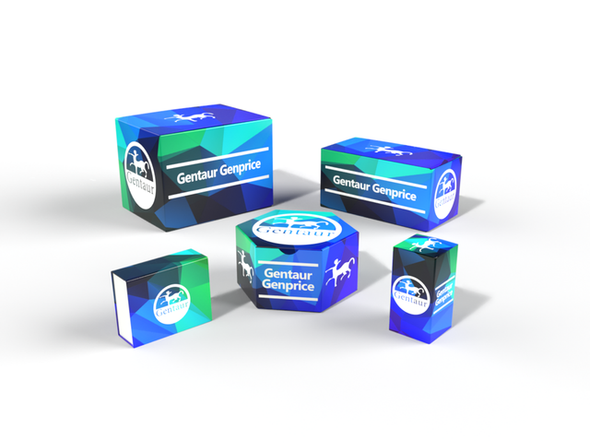
Goat anti-Rat IgG (H&L), FITC conjugated | AS10 1136
451 Recombinant Proteins and Cell culture
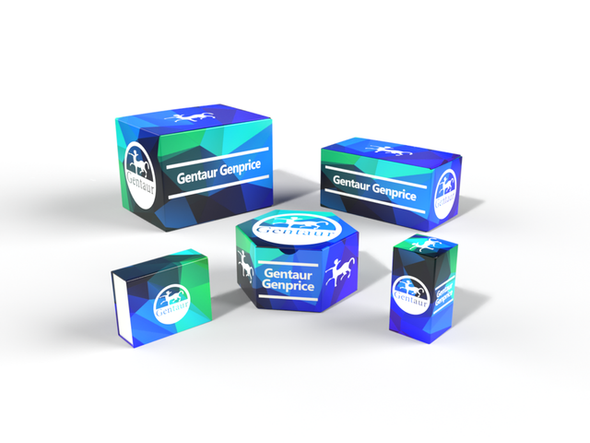
Goat Anti-Rat IgG (H+L)-FITC conjugate
15
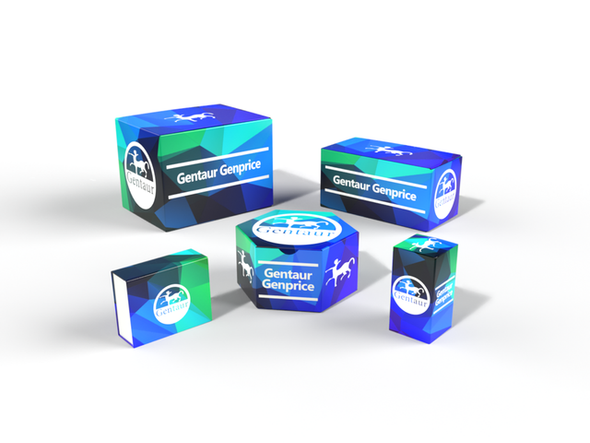
Goat anti-Human IgG (H&L), FITC conjugated | AS10 1124
451 Recombinant Proteins and Cell culture

Goat anti-Rabbit IgG (H&L), FITC conjugated | AS10 1176
451 Recombinant Proteins and Cell culture
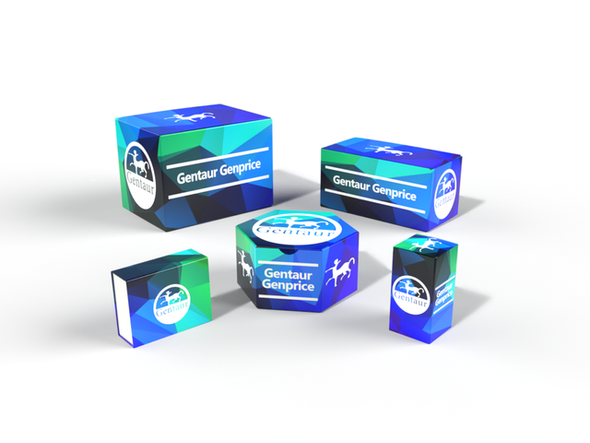
Rabbit anti-Goat IgG (H&L), FITC conjugated | AS10 1155
451 Recombinant Proteins and Cell culture

Goat anti-Llama IgG (H&L), FITC conjugated | AS10 1419
451 Recombinant Proteins and Cell culture
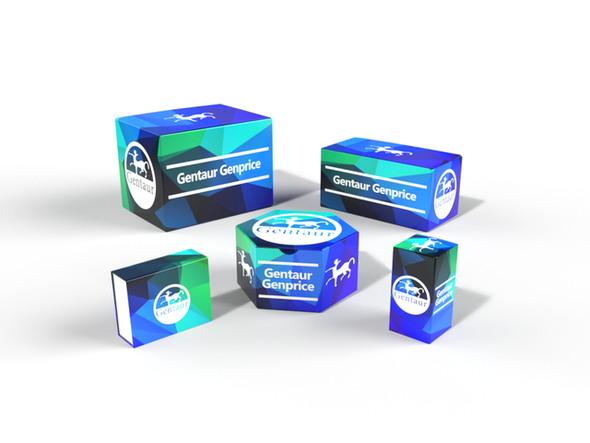
Chicken anti-Goat IgG (H&L), FITC conjugated | AS10 1161
451 Recombinant Proteins and Cell culture
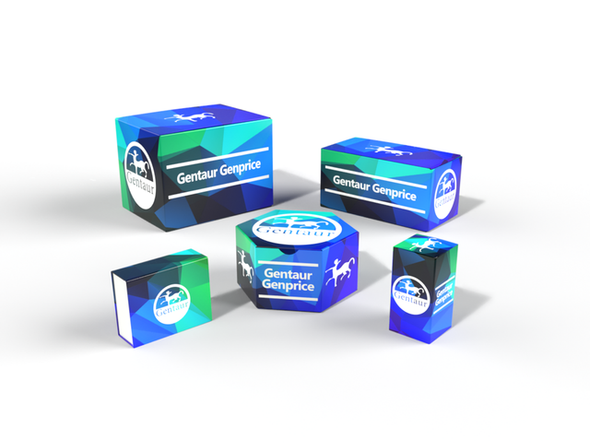
Goat anti-Mouse IgG (H&L), FITC conjugated | AS10 1223
451 Recombinant Proteins and Cell culture
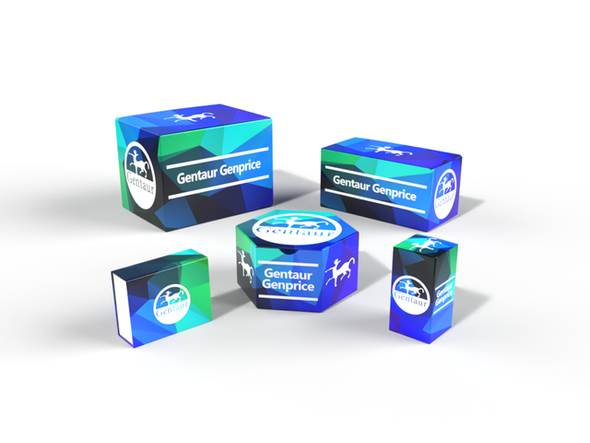
Donkey anti-Goat IgG (H&L), FITC conjugated | AS10 1078
451 Recombinant Proteins and Cell culture

